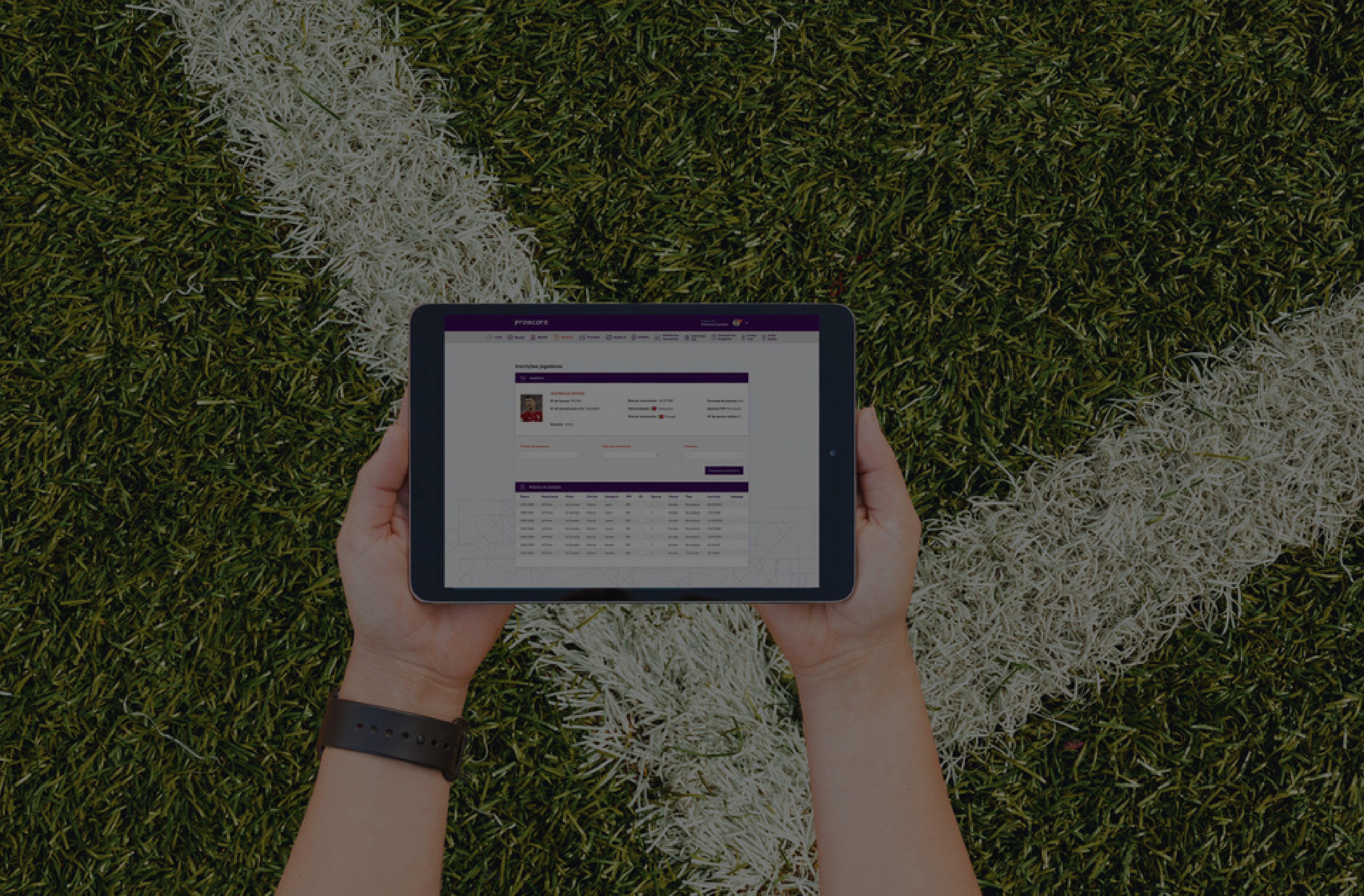
Inclusive Technology: How to boost accessibility in the sports industry
 blog
blog
Understand the importance of clubs and federations focusing more and more on inclusion and accessibility in sports and how technology can revolutionize the lives of thousands of fans.
Have you ever tried closing your eyes for a few seconds at any sports event? If you haven't, the recommendation is to do so, just to feel the energy and put yourself in the shoes of those who cannot see what is happening on the field or court.
It is estimated that blindness affects 39 million people worldwide and that 246 million people suffer from moderate or severe vision loss. This represents a significant portion of the world's population that can and should have access to what is rightfully theirs, such as enjoying a soccer game or any other sport.
However, being physically present at one of these events is not that simple. For a blind person to be able to access the full experience of a game, it is necessary to understand not only what is happening on the field, but also what is around them. This process goes far beyond the ordinary narration that we hear on the radio, a real-time audio description of what is happening is required.
Another important issue to consider, is the rise of themes such as accessibility and inclusion in organizations, whether in the corporate culture or in what they imprint in their products. The concern is totally legitimate, brings business results, and drives a culture of accessibility.
In this sense, sports clubs are increasingly attentive when it comes to the universe of inclusion in sport. Whether in terms of physical activity itself, with policies and support systems, or with the engagement of fans who, despite the difficulties, do not renounce to their clubs.
This involves the fans, increases the feeling and the spirit of togetherness that a team proposes.
And it is thanks to technology that clubs, and federations are already able to boost diversity in sport in different ways.
What is the difference between narration and audio description?
The narration is very close to what we hear on the radio. There is a narrator who quickly describes the athletes' passes. Often, this type of narration tends to have a difference of seconds between what is happening and the transmission to the listener, which compromises the experience of the event.
Audio description, on the other hand, offers a narration with much more detail, emphasizing the experience on the field or court. In this case, the narrator of the match provides additional descriptions of all the visual information, such as body language, the shots, the uniforms, facial expressions, celebrations, etc. Factors such as location on the field, flank variations, the direction and height of shots, or the identity of the players themselves end up having a greater importance than the more performance-related side of the story.
In audio description, the narration is complete. From the throws to the details of what is being seen and what echoes in the game. The sound technique really transports blind people to a complete sensation of what is being watched, since it is a narration of what is seen and not just what happens.
Is there any technological example already applied?
Yes. In order to fill this gap in the market and drive equity in the sports industry, ARMIS Digital Sport, in partnership with Jesus Suarez Lopez developed the Escoita App. An app that delivers to the user with partial or total vision loss the full experience of being at a sports event, regardless of the sport.
This application is based on an audio description tool, making everything that happens during the match and even the details much clearer. The focus is to offer a good user experience during navigation, so that the use of Escoita is recurrent in Clubs and Federations, which are indeed concerned with the issue of inclusion in sports.
Another matter that the application solves is the latency between the event and the narration. Now, when a fan celebrates, everyone celebrates together, since the audio description happens in real time.
Technology has revolutionized inclusion in sports. To learn more about bringing more diversity and digital transformation to your organization, contact the experts at ARMIS Digital Sport.
Learn about all the features of the Escoita App here.
Share this article:
Prepare your company and your employees for the future. Contact us!

